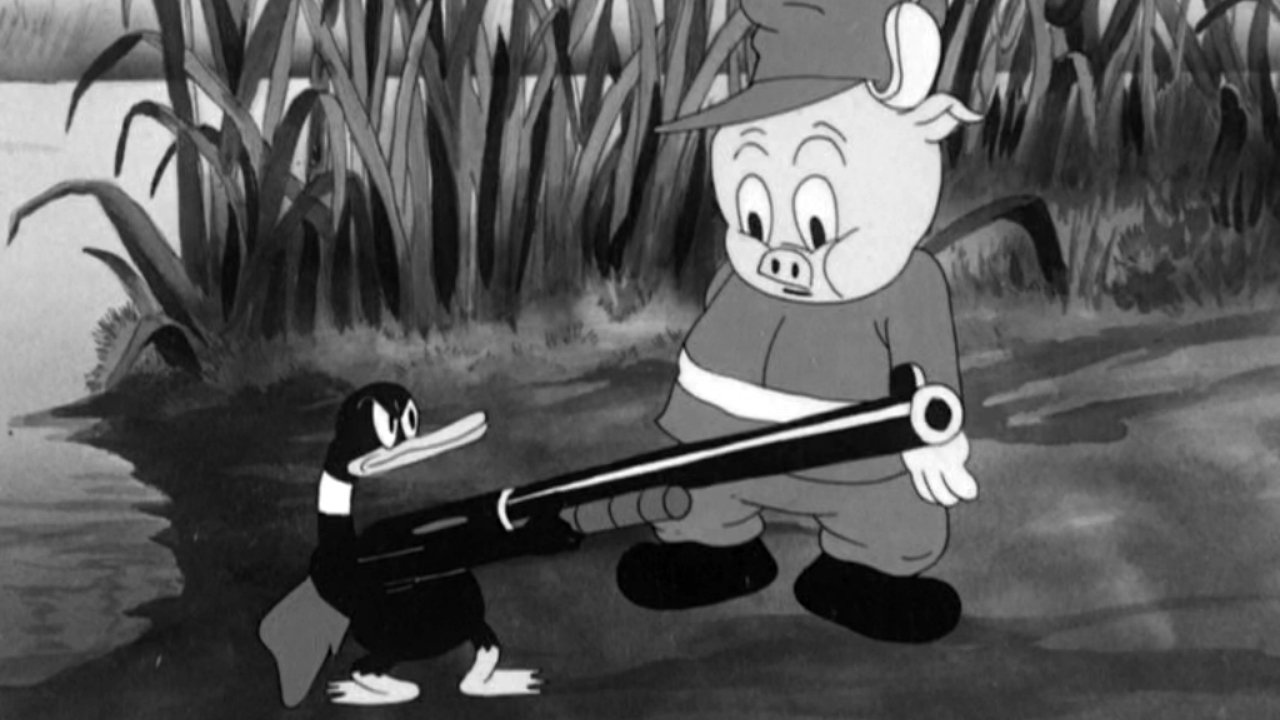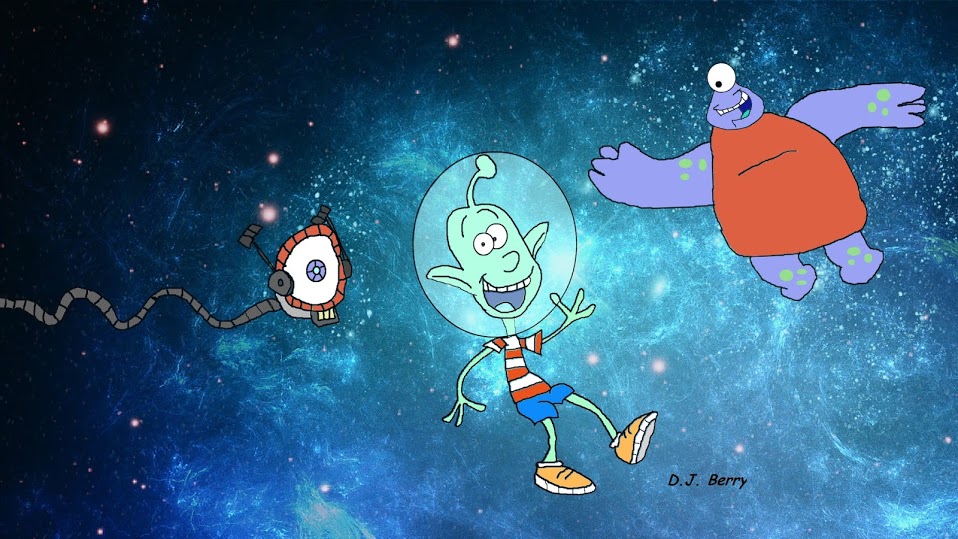
DISCLAIMER: This post contains affiliate links from the Amazon Services LLC Associates Program. As an Amazon Associate, I earn from qualifying purchases.
Let’s talk a little bit about Floyd Norman. Well, technically, we’ll be talking a lot about him today since this is a review of his book, but I’ll briefly introduce him to the unfamiliar. Basically, this 86-year-old animation veteran is an underrated legend, a Disney Legend to be precise (though he’s worked for several other studios as well). In 1956, Floyd, already an admirer of their films, was brought into the Walt Disney Studios during his late youth, back when Black animators in the industry were scarce at best. During those early years of his career, he would graduate from inbetweening projects like Sleeping Beauty and The Mickey Mouse Club, to playing a vital role in crafting The Jungle Book‘s story, all while being mentored by “Uncle Walt” himself and his top animators collectively known as “the Nine Old Men”. Overall, Floyd’s resume consists of a mix of him storyboarding and assisting animation on Disney films (both from the main Feature Animation studio and Pixar), laying out dozens of ’70s and ’80s Hanna-Barbera cartoons, and even running his own studio with business partner Leo Sullivan called Vignette Films, where they did those “rocket launch countdown” sketches in Sesame Street‘s first season, short films celebrating Black history, and the pilot to Fat Albert. Seriously, this man’s career is one worth going on about.
Ever since I watched the documentary film Floyd Norman: An Animated Life in 2016, I’ve look up to Mr. Norman as if he were my unofficial mentor. As an up-and-coming Black animator myself, I not only appreciate Floyd’s accomplishments once his career was at full swing, but I also emphasized with both his fascination with learning how the pros work their magic, and his relationship with trial & error. With that said, it really helps that he is an awesome storyteller who shares insightful article after insightful article through his lenses as someone who worked alongside Walt Disney himself. He is this likable mix between someone who never wants to stop learning, and your typical “back in my day” senior citizen. Not many animation people from those Golden years live up to this current era we’re in, so we should be grateful for Floyd’s presence however longer it lasts.
In addition to telling these amusing studio stories through interviews or blog posts, Floyd is gifted with the ability to satirize the animation industry through gag cartoons, making him one of the few notable editorial cartoonists whose specialty is riffing on the relatively unsung politics that goes on behind the toons. The book that I’m reviewing today, Son of Faster Cheaper, is one of a few collections of such cartoons that Floyd doodled based on his observations of his workplaces like Disney, Hanna-Barbera, and Pixar. To be more precise, it is a sequel to, as you might have guessed, Floyd’s first compilation entitled Faster! Cheaper!: The Flip Side to the Art of Animation (1992). At the very beginning of Son of Faster Cheaper, Floyd recalls its predecessor being a “publishing experiment”. While I’ve yet to get a copy of Faster! Cheaper! (thankfully, it’s back in print again since October 2020), I do believe that experimentation really paid off. Also in that same opening page, he briefly brings up a fire that happened in an unidentified (in this book at least) LA animation studio, quotes an investigator asking, “Who would burn down a cartoon studio?”, and then quotes an artist responding with, “Apparently, you’ve never worked in one.” As hyperbolic as it may seem to compare a hazardous fire to beefs between animators, that opening paragraph was a good way of preparing us readers for the creative team craziness Floyd’s got to share.
The gag cartoons are organized into seven chapters. The first one, “Working for Walt”, is self-explanatory, as it illustrates Floyd’s partnership with “the Old Maestro” from the mid-50s to the mid-60s. The cartoons typically caricature Walt as a vexed, hunchbacked curmudgeon who somewhat intimidates his team of animators and artists. Even his harsh cough was jokingly referred to as a sign that “man is in the forest.”
Chapter Two, “The World of Bill and Joe”, focuses on poking fun at (you guessed it) Hanna-Barbera and their cheap business practices during those bleak times in American TV animation in the ’70s. One highlighting gag involved a smirking “Taskmaster Bill” Hanna reading a newspaper announcing the Year of the Rat, telling “Hollywood Joe” Barbera, “Hey Joe! We oughta do well this year!”
In the next chapter, “The New Disney”, Floyd illustrates the atmosphere that the Walt Disney Company was inhaling upon his return during the ’80s (in other words, the Eisner/Katzenberg/Wells era starting in 1984). The relationship between executives Michael Eisner and Frank Wells, and their tendency to make money out of anything with the Disney brand on it (even literal dirt as depicted in one gag) were just wonderfully lampooned.
Chapter Four, “The Story Artist”, is also self-explanatory, as Mr. Norman shows us how truly “crazy” and “thankless” the position of a storyboard artist could be. At Disney, in Floyd’s point of view at least, storyboarders are treated as scapegoats if the movie they worked on bombed, tediously spend up to four days going over a few panels, and tend to get attacked by the director for failing to please him. In fact, quite a few of these gags remind me of the scene in “Stimpy’s Cartoon Show” from Ren & Stimpy in which Ren (portrayed as a caricature of his own problematic creator) dramatically tears down Stimpy’s storyboards due to not meeting his satisfaction.
In Chapter Five, “Animation Boom”, we get a clever portrayal of how much of an “Animation Bizarro World” Walt Disney Feature Animation was during the Renaissance era’s second half following The Lion King‘s surprise success. At this point in his career, Floyd returned to Disney once again in the ’90s as a story artist on films like The Hunchback of Notre Dame (on which he got his first on-screen credit in a Disney production…took them long enough), Mulan, Sweating Bullets (a.k.a. Home on the Range), and the eventually scrapped Wild Life (which, from what I heard, would have been pretty risque on the levels of Shrek). Gag cartoons that highlight the chapter include…well, ALL five that satirize Hunchback, but especially the one where the three main characters are dancing idyllically, lampooning Disney SOMEHOW making a kid-friendly(-ish) adaptation of Victor Hugo’s grim novel.
Contrary to its title, the sixth chapter, “What I Really Want To Do Is, Direct”, sums itself up by saying, “Anyone who wants to direct, probably shouldn’t.” As you might have guessed, Floyd’s cartoons in this chapter illustrate the stressful nature of directing. Constant story revisions, listening to the dreaded “I want” song, and getting yourself “re-pinned” (literally) are among these challenges.
Finally, we’ve reached Chapter Seven, “To Insanity…And Beyond!”, in which the Disney animation work environment since the 21st century is covered. As the title implies, Pixar, where Floyd contributed to Monsters Inc. and the nightmarish production of Toy Story 2 (amazing how THAT film still managed to turn out great), plays a major part here. Computers are in, and pencils are out, to the point where you might be caught dead if you’re drawing with one. Beefs between Michael Eisner and Pixar founding fathers John Lasseter and Steve Jobs were apparently common, particularly around the time of Disney agreeing to purchase the CGI studio in order to continue collaborations. Right off the bat, my favorites in this chapter include one cartoon where a Pixar employee alerts his disgruntled fellow artists to “start having fun” for the cloying news reporters who barely know the true temperature inside an animation studio, another where a man shows a woman a framed piece of “original Disney digital art” (literally a computer code!), and yet another where Floyd himself is depicted as a Survivor contestant being “voted off” the Disney Feature Animation “island”.
Throughout these seven chapters, Mr. Norman mostly presents his editorial cartoons as loose, rough, black-and-white sketches, although a few did seem to be originally full-colored. Since these were drawn within multiple decades, the quality control of his cartoons varies, whether they’re drawn with pencil or ink. The caricatures could range from single-pass scribbles that still form the recognizable shapes of a human, to much cleaner sketches with a more clear (but still stylized) depiction of what it’s aiming to visualize. I assume the reasoning behind the sketchiness of Floyd’s cartoons being rather inconsistent is due to either dependence on the amount of spare time available for him to doodle each of them, or simply his skills going through metamorphosis. Either way, this, along with a couple of typos like misnaming “the 1990s” as the “the 1900s” on one page, is just nitpicking. The one-liners and cynical remarks written are the shiniest stars of these gag cartoons, while Floyd’s cartooning style holds its own set of lively charm to sprinkle on said jokes.
To sum everything up, Son of Faster Cheaper is a very amusing satire collection to come from the self-described “Mr. Fun”. Even if you haven’t worked professionally in the animation industry yet, you could be at least someone who loves to research juicy behind-the-scenes trivia, thus still finding enjoyment in this book. I look forward to expanding my library with more Floyd Norman titles, including the original Faster! Cheaper!, Animated Life, and How the Grinch Stole Disney. Once again, we should be all blessed that such a terrific, young-at-heart animation veteran has been sticking around the planet for this long to provide witty commentary in the form of doodles.
If you’d like to keep up with Mr. Norman, follow not just his own social media accounts (Twitter, Instagram) but also the social media pages for the team behind Floyd Norman: An Animated Life (Instagram, Twitter, Facebook). Also, if you’d like to see AND hear Floyd illustrate his stories about working at Disney, check out his Vimeo page (the “Walt’s Bran Muffins” video is particularly intriguing).
My Score: 4.5/5 stars









